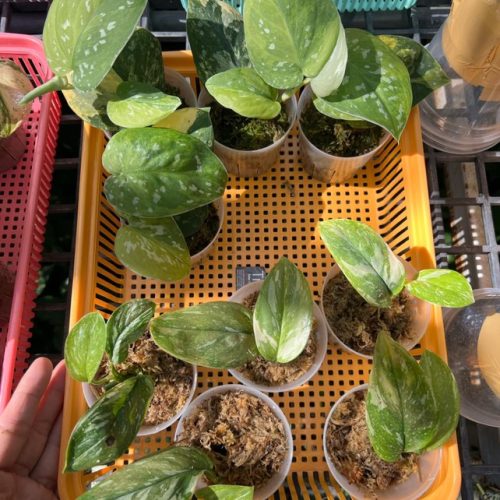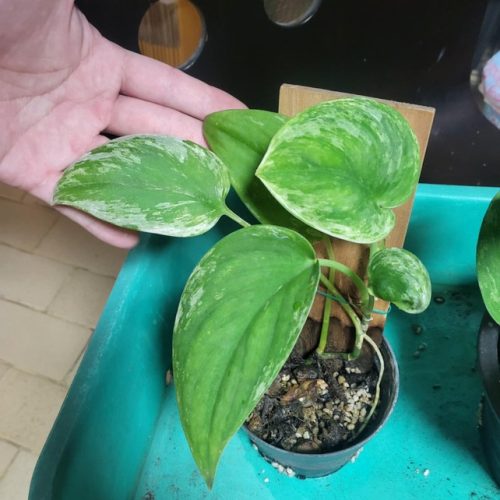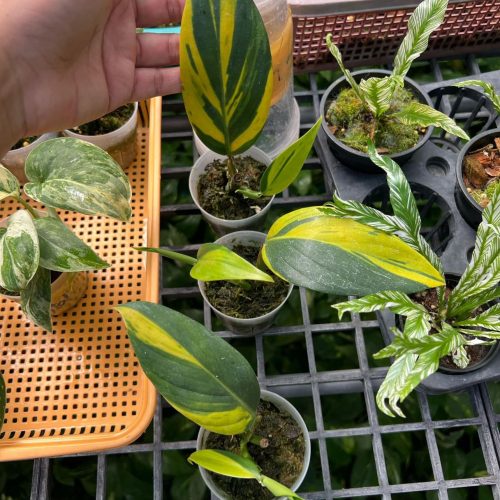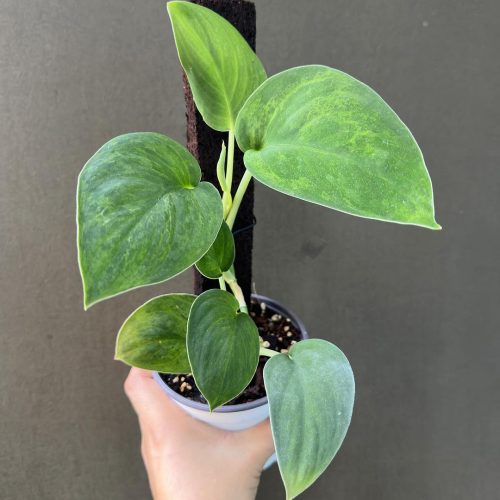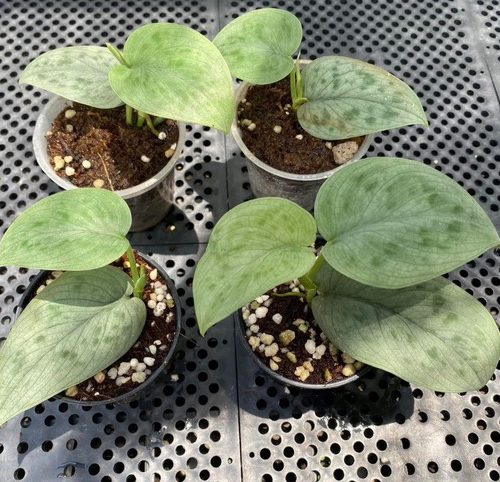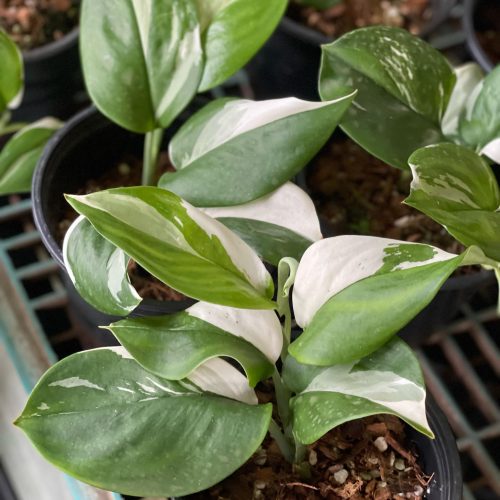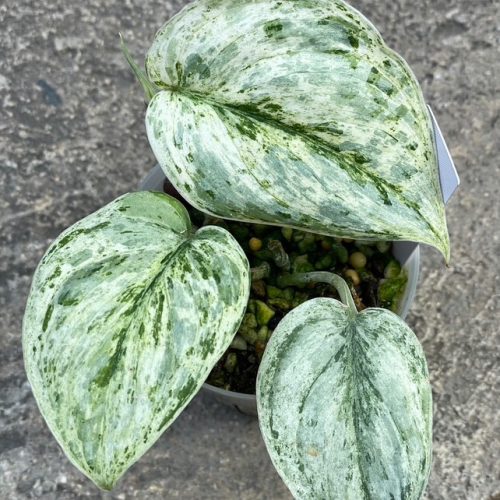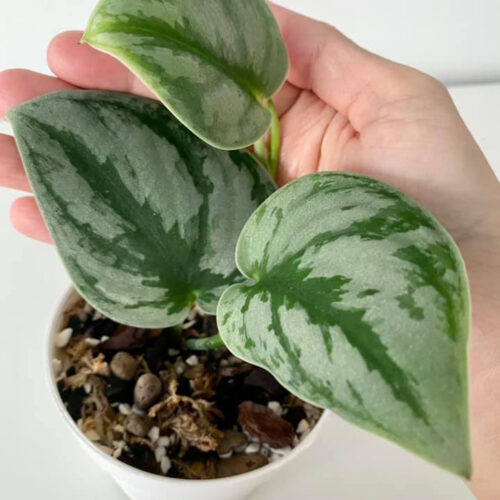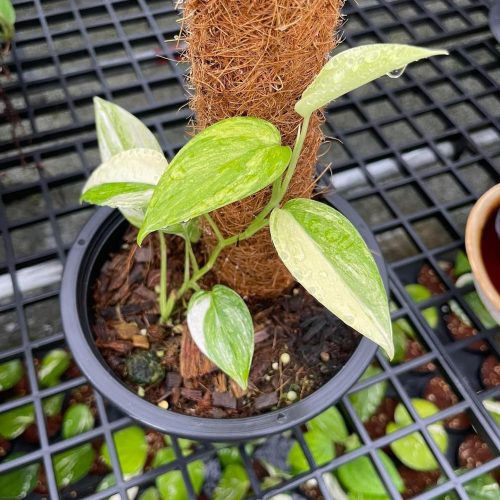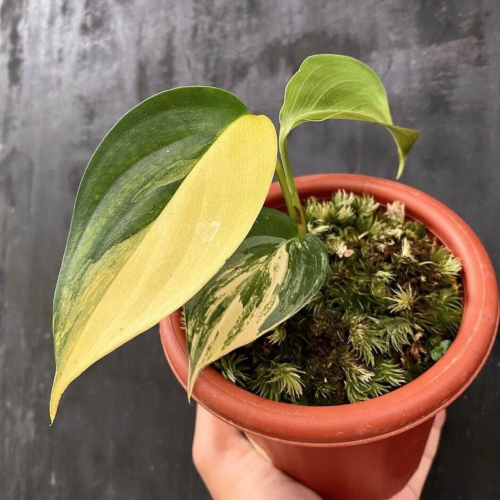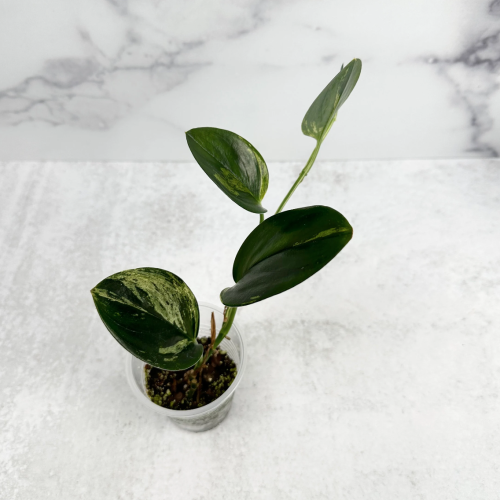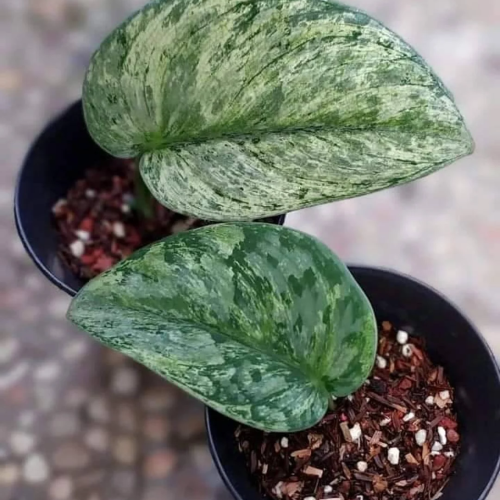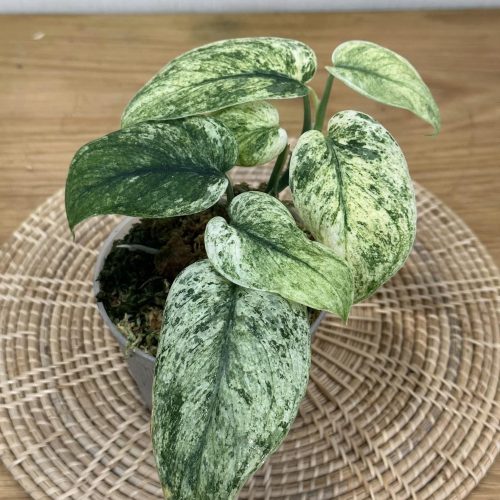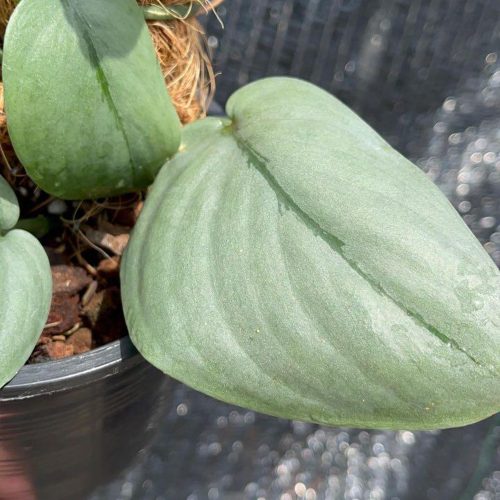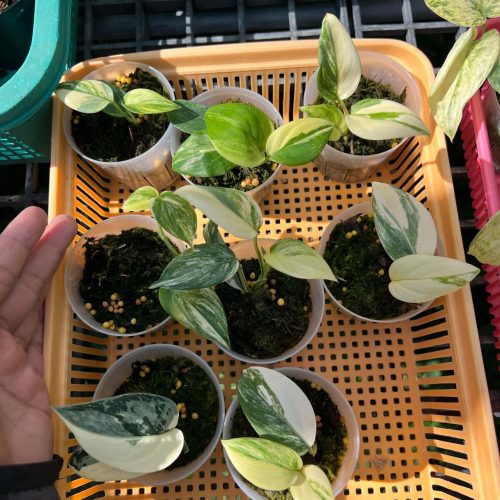Introduction
Scindapsus is a genus of tropical climbing vines that are closely related to pothos and philodendron. With their heart-shaped leaves and vining growth habit, scindapsus make excellent houseplants that can be trained to climb trellises or trail from hanging pots. This blog post will provide an in-depth look at scindapsus houseplants – their similarities to and differences from pothos and philodendron, how to grow them as climbing vines, their care needs, and the benefits they provide. Read on to learn everything you need to know about growing these tropical beauties in your home.

Understanding Scindapsus
Scindapsus, also known as satin pothos or silvery ann, are tropical climbing aroids native to Southeast Asia. There are approximately 15 recognized species, the most popular for indoor cultivation being Scindapsus pictus. This species has distinctive silvery-green foliage with darker green markings that has led to common names like satin pothos and silvery Ann. The leaves are heart-shaped like pothos and some philodendrons. Other species have arrowhead-shaped or lance-shaped leaves.
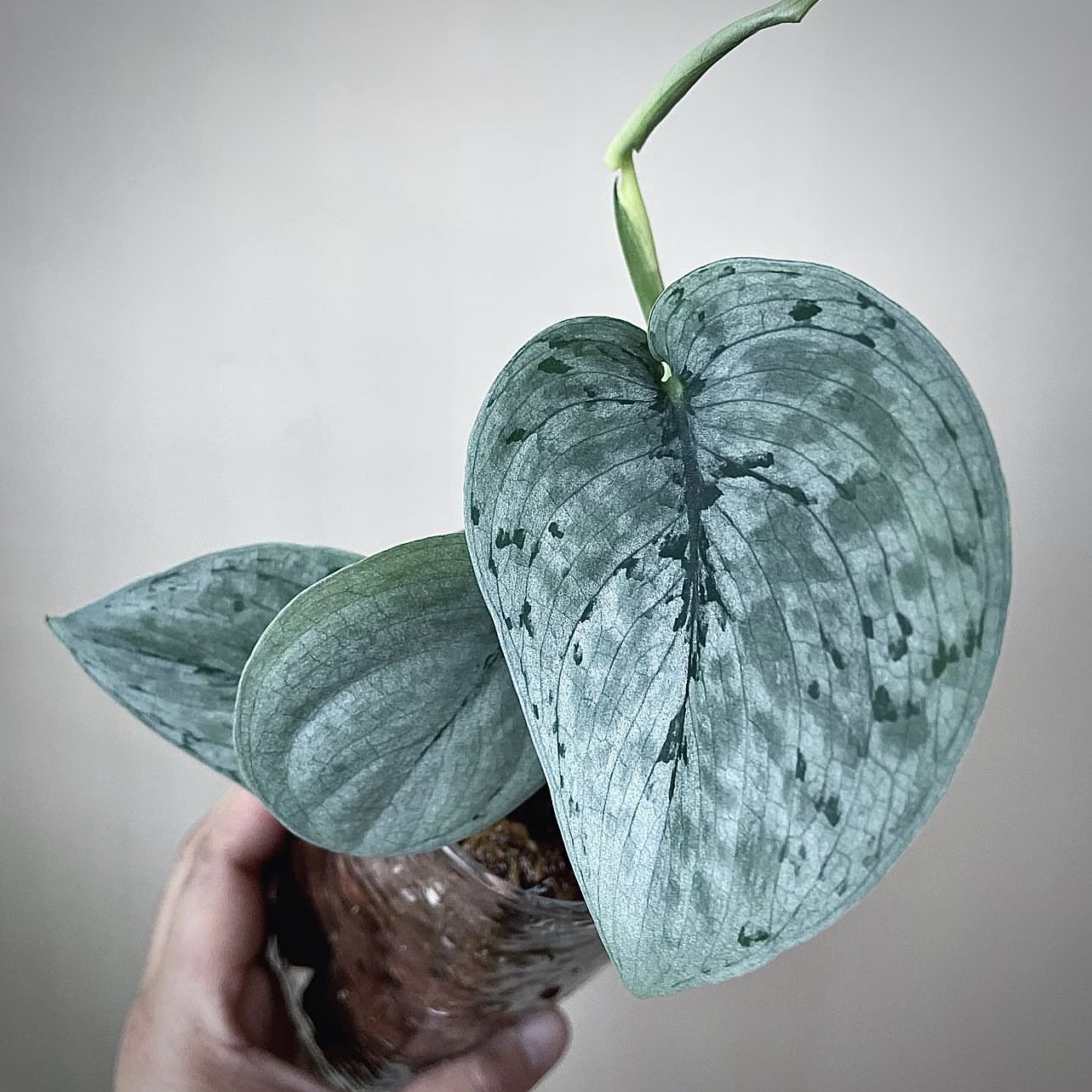
Origins and Natural Habitat
In their native tropical habitats, scindapsus grow as climbing vines, using aerial roots to scale trees and rock surfaces. Most species hail from the rainforests of Southeast Asia in countries like Malaysia, Thailand, Indonesia, and the Philippines. They thrive in the warm, humid environment of the jungle where they receive dappled sunlight filtering through the forest canopy. Their vining growth habit allows them to climb high up tree trunks into the brighter light.
Popular Varieties
While there are many scindapsus species, a few popular varieties are most common as houseplants:
- Scindapsus pictus – As noted above, this is the most popular species in cultivation. Its heart-shaped silvery leaves can grow quite large with maturity. Varieties like ‘Exotica’ and ‘Argyraeus’ offer different leaf variegation patterns.
- Scindapsus treubii – Sometimes called silver cloud vine, this species has rounder leaves that emerge reddish pink before darkening to green. It’s a bit slower growing than S. pictus.
- Scindapsus hederaceus – Referred to as ivy pothos, this scindapsus has small, deep green heart-shaped leaves with a matte finish. It remains more compact than other varieties.
Discover the most sought-after Scindapsus varieties of 2023
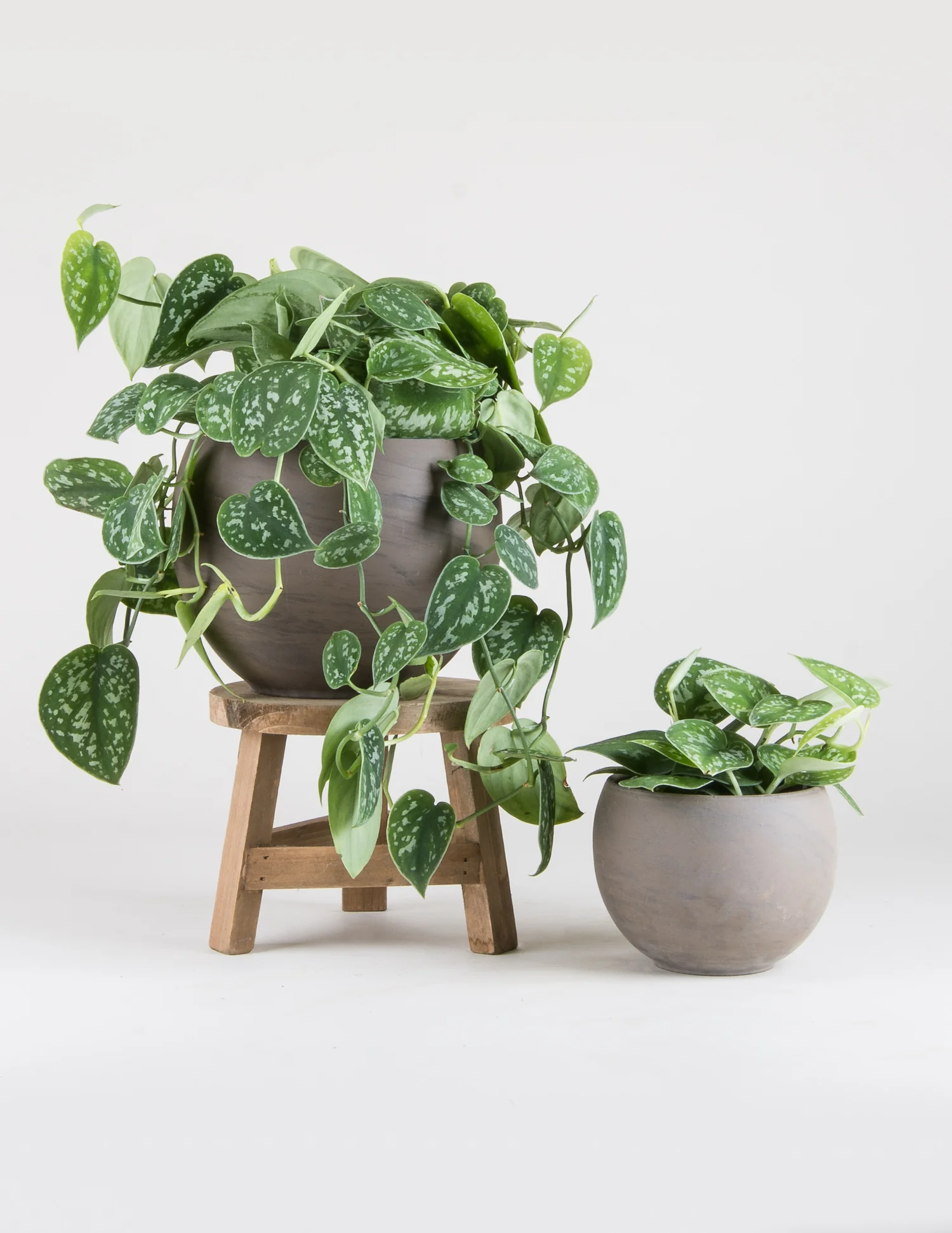
Similarities with Pothos and Philodendron
Scindapsus share a number of traits with their close relatives pothos and philodendron. All three are climbing aroids from tropical regions valued for their leafy foliage and vining habit. They require similar care and can be grown in comparable ways in temperate environments as houseplants.
Shared Family Traits
Scindapsus, pothos, and philodendron all belong to the arum family (Araceae). As members of this family, they share some key features:
- Tropical origins, adapted to warm humid rainforest environments
- Climbing vines that use aerial roots to cling and climb
- Heart-shaped leaves with trailing or vining stems
- Important houseplants thanks to their versatility and jungle-vine look
In addition to physical similarities in leaves and growth patterns, their shared background means they enjoy comparable growing conditions indoors.
Overlapping Growth Habits
In their native habitats, scindapsus, pothos, and philodendron all exhibit vining growth. Using aerial roots that emerge from their stems, they climb up and cling to tree trunks, rocks, and other supportive structures. This gives them greater access to sunlight in the dense jungle.
As houseplants, they retain this vining behavior. Offered suitable support like a trellis, post, or moss pole, they will readily climb upwards. Allowed to trail from hanging pots or containers, their stems will cascade downwards gracefully. This flexible growth habit makes them popular as hanging plants or to add a vertical green element to decor.
Comparable Care Needs
Thanks to hailing from similar environments, scindapsus, pothos, and philodendron require similar care when grown as houseplants:
- Bright, indirect light
- Warm temperatures between 60-85°F
- Moderate but regular watering, allowing soil to partly dry out between waterings
- High humidity
- Well-draining potting mix
- Occasional fertilizer during growing season
Their shared background as tropical jungle vines means they appreciate the same household growing conditions. By providing adequately warm, humid, bright environments and avoiding overwatering, all three can thrive indoors.
Growing Scindapsus as Climbing Vines
One of the most popular ways to grow scindapsus houseplants is as climbing vines. Using their natural aerial root structures, they can be easily trained onto supports to grow vertically or allowed to trail from containers. Growing them as vines allows the plants to show off their iconic heart-shaped foliage while adding beautiful movement and dimension to indoor spaces.
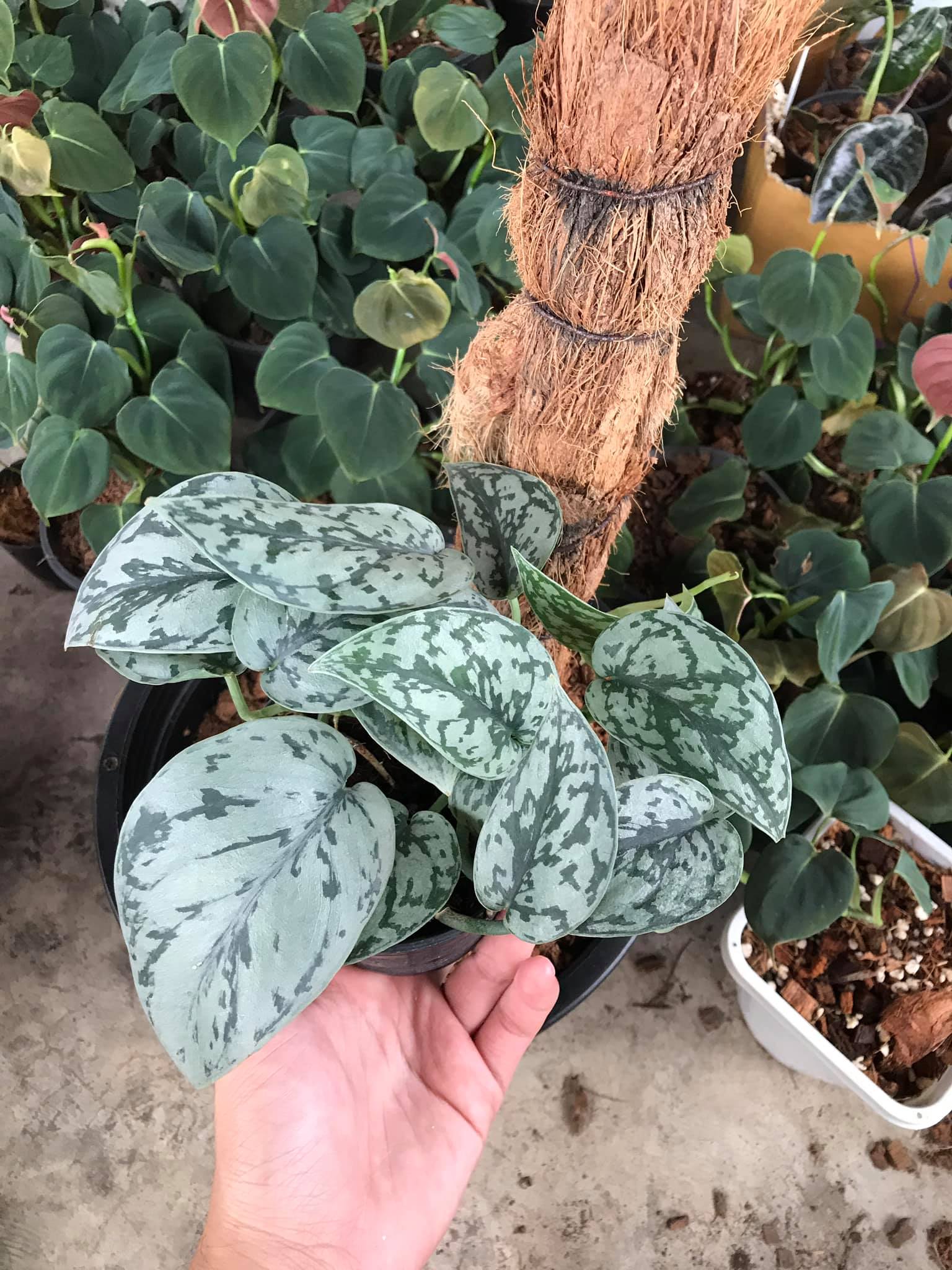
Choosing Appropriate Supports
The first step to growing scindapsus as a climbing vine is choosing an appropriate support the aerial roots can cling to. Good options include:
- Trellises and obelisks
- Moss poles
- Baked tree fern totems
- Shells, branches, and other natural-looking pieces
Trellises with criss-crossing bars or grid-like patterns are ideal, as they give plenty of anchor points for the questing roots. Simple bamboo stakes also work well. While a basic single stake lacks visual interest, adding a few in a row connected with fishing line creates a DIY support system.
Training the Vines
Once you’ve picked your support of choice, placing it close to the scindapsus gives the questing aerial roots easy access. As new roots emerge, use plant-friendly ties like soft yarn or Velcro strips to gently fasten wandering stems to the support. This helps train the foliage into position. Mist the roots regularly to encourage their cling response.
Be patient through this training process, as scindapsus vines take some time to gain footing and fill out a support structure compared to faster growing pothos varieties. But the payoff of their gracefully climbing foliage is well worth the wait!
Ideal Placement
When positioning climbing scindapsus, place containers where emerging aerial roots can easily find attachment sites. This may mean putting the pot directly next to the base of your trellis or shell totem. Sheltered wall corners where you can position supports and allow stems to wander also work beautifully to showcase cascading vines.
Wherever you style climbing scindapsus, be sure they’ll receive enough ambient warmth and humidity. And offer bright, indirect light to encourage lush and healthy new growth. Filtered southern or eastern windows are perfect. Rotate pots regularly so all sides get even lighting exposure.
Benefits of Having Scindapsus in Your Home
In addition to making exceptionally alluring living decor, climbing scindapsus confer a range of other wonderful benefits that enhance indoor environments.
Unique Visual Interest
With their iconic silvery heart-shaped foliage and gracefully trailing stems, scindapsus add beautiful movement and unique visual flair wherever displayed. The striking color patterning is so unlike more common green houseplants, giving spaces a tropical yet elegant ambiance. Their vining shapes soften hard lines and angles in decor, making their presence versatile and complementary among various styles. For anyone desiring less ordinary yet easy to grow houseplants, scindapsus perfectly fit the bill!
Air Purifying Abilities
Like many houseplants, scindapsus have air-purifying qualities that improve indoor environments. As part of their normal photosynthetic processes, they take in gaseous pollutants found in many homes and offices and exhale pure oxygen. Studies show they help reduce concentrations of harmful chemicals like benzene, formaldehyde, and trichloroethylene that off-gas from building materials, furniture, and cleaners. Their mere presence literally cleans indoor air!
Natural Humidifiers
All plants release water vapor from tiny pores on foliage, a process called transpiration. Having lots of healthy houseplants together creates what’s called the transpiration effect – essentially passive humidifying of surrounding air! Additional water vapor helps counteract dryness from heating systems, particularly helpful in winter. Showcasing scindapsus as climbing vines or cascades optimizes leaf surface area. This allows bigger transpiration benefits and air moisturizing for the whole room.
Stress Reduction
Researchers have extensively studied the measurable positive effects houseplants have on mental and emotional health. Known as biophilia, humans innately connect with and draw comfort and calmness simply from being around thriving green life. The presence of scindapsus vines in offices, for example, offers simple passive stress relief. Caring for plants also provides relaxing mindfulness benefits that lower anxiety and boost mood. Given many of us spend most of our time indoors, making that space brighter with beautiful vining scindapsus nurtures mind and body!
Where to buy scindapsus? Benefits from importing plants from Thailand
- Shipping: Door to door shipping, fast and safe with Dragon Courier
- Biodiversity: Thailand is known for its rich biodiversity, including a wide variety of aroid species. This diversity allows importers to access a broad range of unique and exotic aroid plants.
- Quality and Health of Plants: The suitable climate helps the plants grown here stay healthy and of high quality.
- Cost-Effectiveness: Due to favorable growing conditions and efficient production methods, Thai aroid plants can often be more cost-effective compared to those from other countries.
- Access to Hybrid Varieties: Thai growers are often involved in the development of new hybrid aroid varieties, offering unique plants that may not be available from other sources.
Scindapsus species are the most sought after by aroid plant lovers
Conclusion
With their gracefully trailing vines and beautifully variegated foliage, scindapsus are one of the most unique houseplants you can incorporate into home or office environments. Learning the particular care this tropical genus needs to thrive, including proper warmth, humidity, frequent watering and excellent indirect light, helps them succeed. Displaying scindapsus as cascades or climbing vines takes advantage of their natural beauty to elevate decor aesthetics. And their presence confers wonderful benefits like air purification, added humidity, and even stress reduction that enhance overall wellbeing. If seeking to elevate indoor spaces with gorgeous greenery, scindapsus are a superb option sure the delight the senses!
See more: Unveil the 5 Secrets of Scindapsus: A Botanical Marvel

